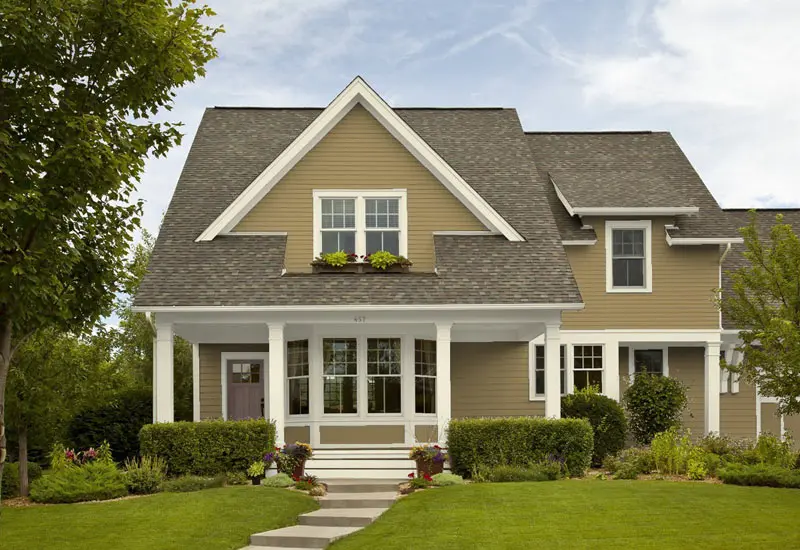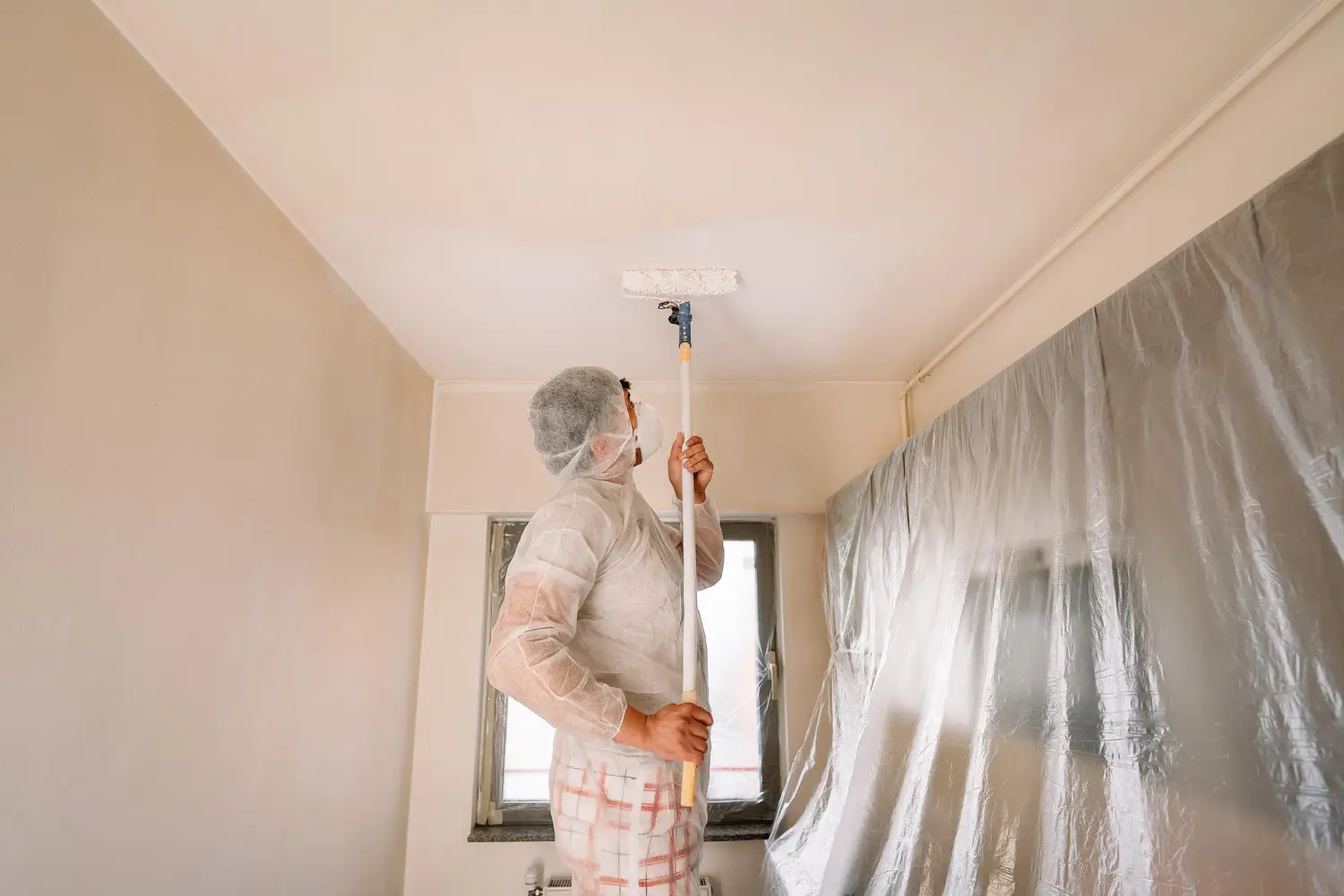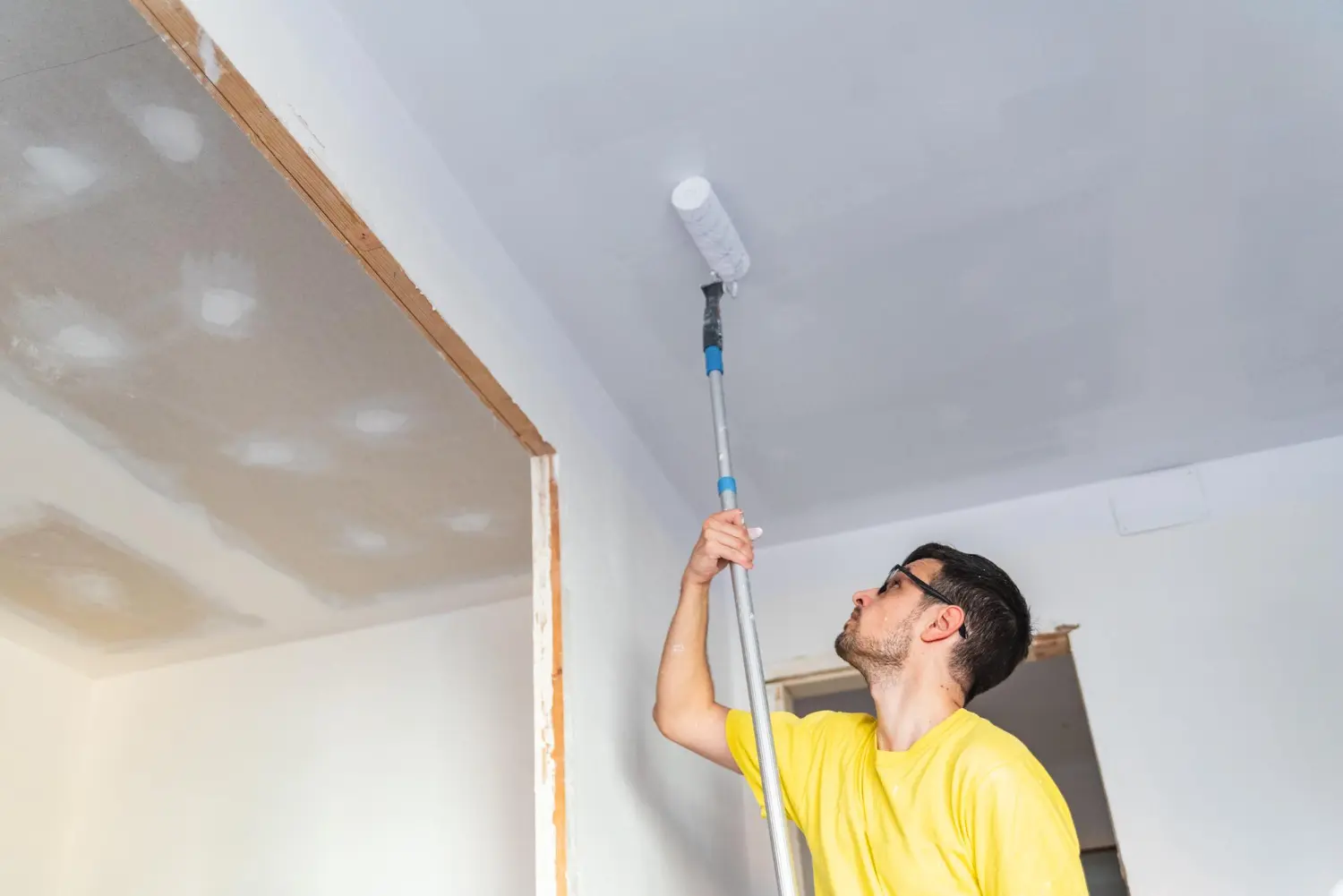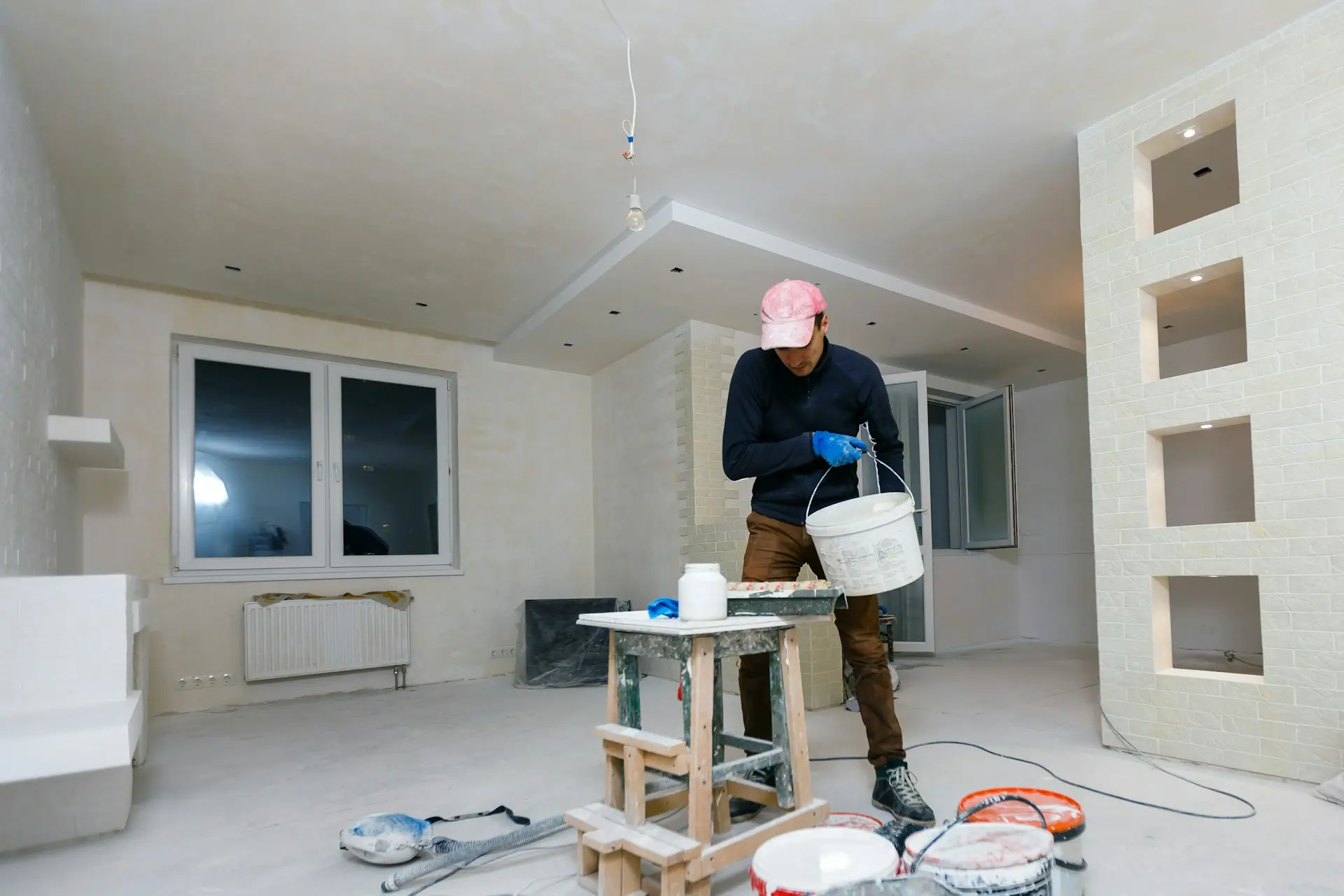Maintenance Tips For Painted Surfaces at Home

While a high-quality paint job should serve your home proudly for years, there are nonetheless plenty of pests and enemies that are out to spoil things. Just as is the case across the home in general, it is therefore important to be proactive and mindful when it comes to periodic maintenance and attention for your paint.
Generally speaking, it is advisable to give the painted surfaces across your home an inspection every six months or so. The reason being that this way, you stand a much better chance of detecting any problems while they are in the early stages, making it much easier to deal with them and prevent them from getting any worse. From dirt to mildew to fading to blistering to peeling and so on, it’s the classic case of a stitch in time saving nine.

Starting Out Right
Of course, it’s important to acknowledge the fact that the quality of the paint itself and the expertise with which it was applied in the first place will make an enormous difference. If you cut corners on paint quality or have the job carried out by amateurs, you cannot realistically expect the results to last more than a few months. By contrast, bring in a team of leading professionals and every paint job carried out will be backed by an extensive warranty.
Mold and Mildew
One of the most common problems affecting home paint jobs up and down the country is that of mold and mildew. Even the most outstanding quality paints on the market cannot claim to be 100% mildew resistant – it’s all about atmospheric conditions. As such, it is a good idea to keep an eye on northern exposures on the exterior of your home, along with basements, bathrooms, laundry rooms and storage rooms on the inside.
Generally speaking, the quickest and easiest way of dealing with mold and mildew is to reach for a bottle of standard household bleach. It’s a case of making a dilute solution with three-parts water to one-part bleach, using a medium-stiff scrubbing brush to attack the problem. Give the whole area a firm and yet non-aggressive scrub, making sure to treat the affected area and approximately 12-inches in each direction around the build-up. Allow it to get to work for approximately 20 minutes, before giving the whole area a good rinse.
Dealing with Dirt
On the exterior of your home, the vast majority of dirt originates from impurities in the air and can be removed relatively easy using a pressure washer. Just be sure not to use it on a setting so high that it ends up stripping the paint as you go!
On the interior of the home, dirt usually takes the form of splashes and splatters, dirty fingerprints, scuff marks, dust build-up and general atmospheric grease and grime. Unsurprisingly, the best advice is to ensure dirt is removed before it has chance to accumulate, in order to make life as easy as possible for yourself. If this particular ship has sailed, it’s a good idea to stick with a soft sponge and a mild detergent, in order to avoid damaging the look and luster of the paint. Harsh cleaning products will have a detrimental effect on the finish of almost any paint and should only be resorted to under advisement.
Touching Up
The problem with touch-ups is while they can be relatively easy to go about, getting it right can be quite a challenge. You identify an area that requires a touch-up, you use exactly the same paint as was used for the rest of the surface and you go about the job with extreme care and precision. The only problem being that when the paint has dried and you step back to admire your work, it is glaringly obvious that the touch-up area looks completely different than the rest of the surface. In order to prevent this from happening, you need to take into account how the rest of the paint may have faded or changed over time. If this is the case, try manually tinting your touch-up paint, or take a photograph of the surface to a quality paint supplier.
Paint Bubbles
Bubbles can appear long after the paint has been applied, meaning you’re not always out of the woods even when you think you are! They’re usually the result of excessive moisture, or a surface being painted that hasn’t been appropriately cleaned and primed. Where paint bubbles occur, the only solution is to remove them by sanding and scraping them away, before touching up the area using the tip mentioned above.
Cracking or Flaking
The most common cause of paint cracking and flaking is having opted for paint of substandard quality in the first place. This is one of the things that separates the lowest-grade paints on the market from genuine premium products. That being said, it can also be caused by a variety of other factors including poor surface preparation, paint being spread too thinly, excessive heat, atmospheric humidity and so on. As with bubbling, the only realistic solution is to remove the deteriorating paint and go about a touch-up. However, if sub-par paint was used for the whole surface, it might be worth thinking about stripping the whole thing and starting again.
Crayon Marks
One final hack thousands of parents may wonder how they ever lived without, there’s a quick, easy and safe way of getting those inevitable crayon marks off your walls. Take a hair-dryer, use it to soften the crayon on the surface and gently blot it away using paper towels. Keep things at a medium setting to avoid damaging the paint through excess heat – you’ll be able to tell when it’s become soft enough to wipe away.
For information on anything to do with interior and exterior home painting, get in touch with the Homm CPS team today.










